1. The Antikythera Mechanism
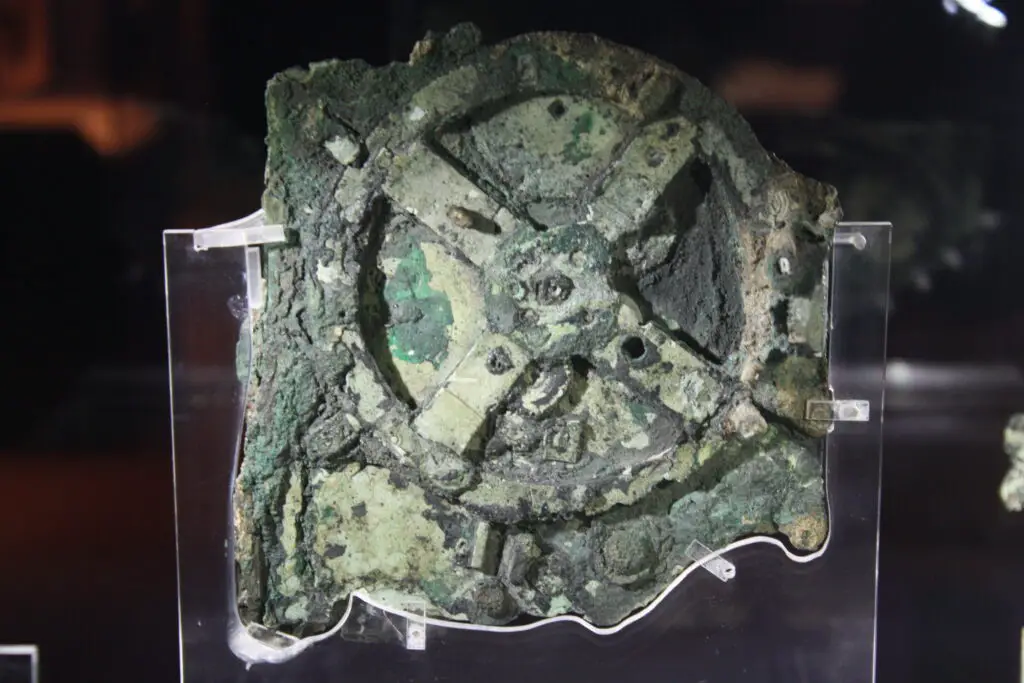
Discovered in a shipwreck off the coast of Greece, the Antikythera Mechanism is often hailed as the world’s first analog computer. Dating back to around 100 BC, this complex device used a series of gears and dials to predict astronomical positions and eclipses, a level of sophistication that puzzled scientists when it was first studied. Its precision and intricate design suggest the ancient Greeks had a far more advanced understanding of mechanics than previously believed says Interesting Engineering.
What’s truly baffling is how such technology existed over two thousand years ago, only to vanish for centuries. The mechanism’s complexity wouldn’t be matched until the development of similar astronomical clocks in the 14th century says MSN. Researchers continue to uncover more about its functions, but the question lingers: how did the ancient Greeks create such an advanced piece of machinery without leaving behind more examples?
2. Roman Concrete

Roman concrete, known as opus caementicium, is a building material that has stood the test of time—literally. Structures like the Pantheon and the Colosseum have lasted nearly two millennia, thanks to this resilient concrete. Unlike modern concrete, Roman concrete included volcanic ash, lime, and seawater, which helped it resist cracking and environmental wear explains the New York Times.
The secret behind its durability baffled scientists for years until recent studies suggested the volcanic ash created chemical reactions that strengthened the material over time. This ancient formula even allows the concrete to self-heal small cracks, a feature modern technology is only now beginning to replicate. It’s impressive to think that Roman builders mastered a material that modern engineers are still trying to understand fully.
3. Damascus Steel
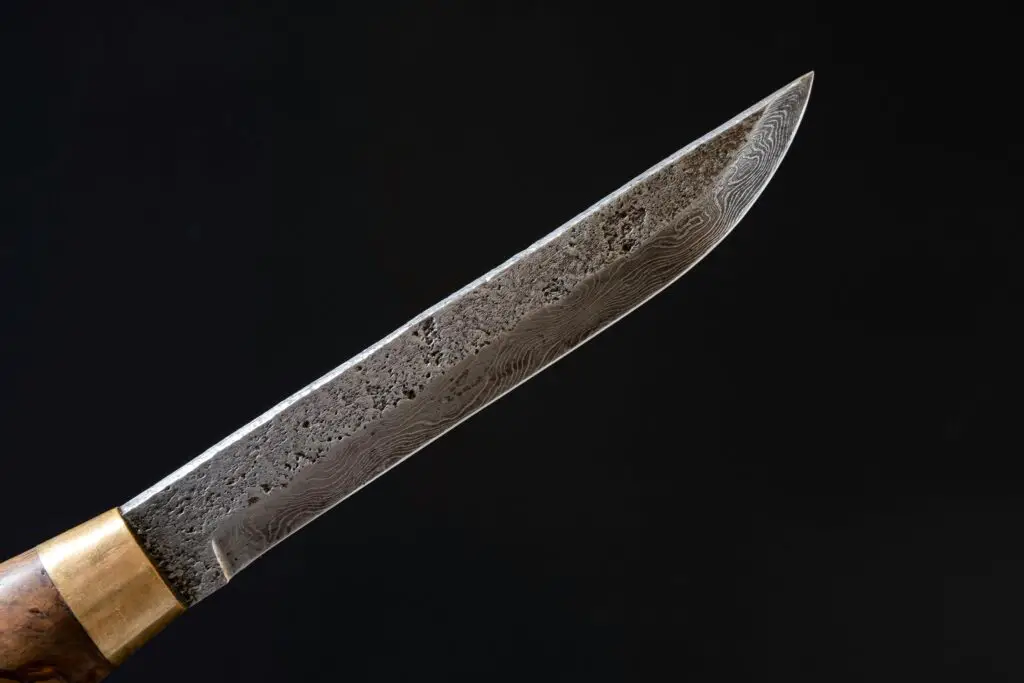
Renowned for its strength, sharpness, and distinctive wavy patterns, Damascus steel swords were the pinnacle of blade craftsmanship during the medieval period. The steel was made using a method called wootz steel production, imported from India and perfected by Middle Eastern blacksmiths. These swords were not just tools of war; they were works of art and symbols of elite craftsmanship says Food and Wine.
What keeps scientists intrigued is the lost technique behind the steel’s creation. Modern attempts to recreate Damascus steel struggle to match the original’s properties, partly because the exact composition of the steel and the forging process remain unclear. The combination of metallurgy and artistry in Damascus steel continues to inspire both historians and metallurgists alike.
4. The Baghdad Battery
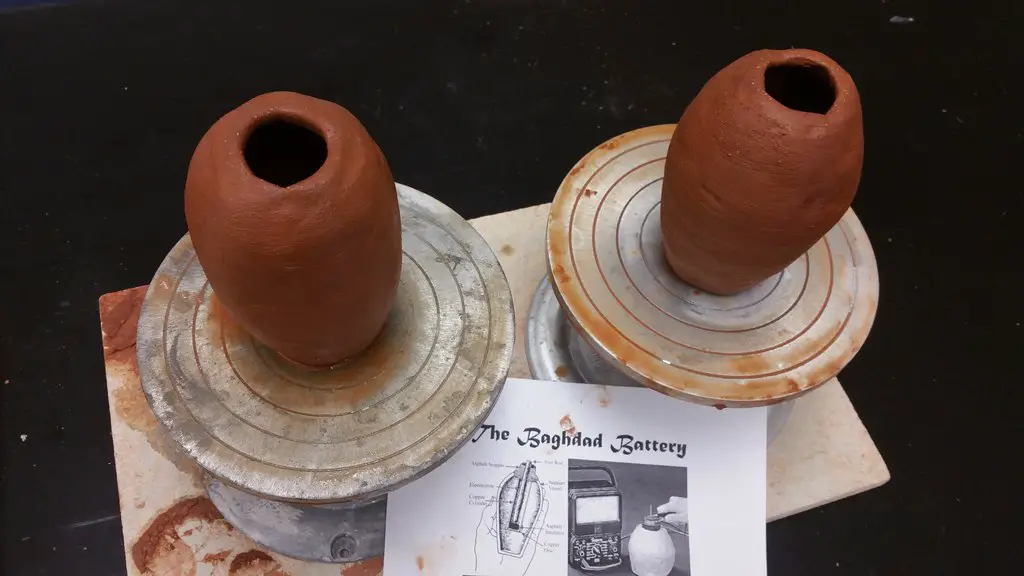
Unearthed near Baghdad and dating back to the Parthian period (250 BC to AD 250), the Baghdad Battery consists of a clay jar with a copper cylinder and an iron rod inside. Some scholars speculate that it functioned as an early galvanic cell, possibly used for electroplating or medical purposes. The idea that ancient civilizations experimented with electricity is mind-blowing.
However, the true purpose of this artifact remains a mystery. While some scientists argue it could generate a small electric current, others believe it was merely a storage vessel or religious item. Whether or not the Baghdad Battery actually produced electricity, its existence hints at the possibility of ancient technological experimentation that we’re only beginning to grasp.
5. Greek Fire

Greek fire was an incendiary weapon used by the Byzantine Empire, famed for its ability to burn even on water. The exact chemical composition of Greek fire remains unknown, as the formula was a closely guarded military secret. Ancient texts describe it as a formidable weapon, capable of devastating enemy ships and fortifications.
Modern scientists have speculated that the mixture may have included petroleum, sulfur, and quicklime, among other ingredients. The mystery of how Byzantines produced and deployed this weapon without modern chemical knowledge continues to intrigue historians. Greek fire represents an early example of chemical warfare, showcasing the advanced military technology of the time.
6. The Phaistos Disc

Found on the island of Crete, the Phaistos Disc is a fired clay disk dating back to around 1700 BC. It’s covered with mysterious symbols stamped on both sides, arranged in a spiral pattern. Despite numerous attempts to decipher its meaning, the disc’s purpose and the language behind it remain unknown, sparking endless debate among archaeologists.
Some theories suggest it was a religious artifact, a type of calendar, or even a game board, but no consensus has been reached. The lack of similar artifacts makes decoding it nearly impossible. The Phaistos Disc stands as a testament to the complexities of ancient written communication and leaves us wondering about the culture that created it.
7. The Iron Pillar of Delhi

Standing over 7 meters tall and dating back to around 400 AD, the Iron Pillar of Delhi is famous for its resistance to corrosion. Made of almost pure wrought iron, this pillar has withstood centuries of weathering without significant rusting, baffling metallurgists. The pillar bears an inscription attributing it to Chandragupta II, a ruler of the Gupta Empire.
Scientists attribute the pillar’s corrosion resistance to a combination of high phosphorus content and unique atmospheric conditions. The formation of a protective passive layer of iron hydrogen phosphate is believed to shield the iron from rust. The Iron Pillar highlights the Gupta metallurgical expertise and their advanced understanding of material science, centuries ahead of its time.
8. The Nazca Lines
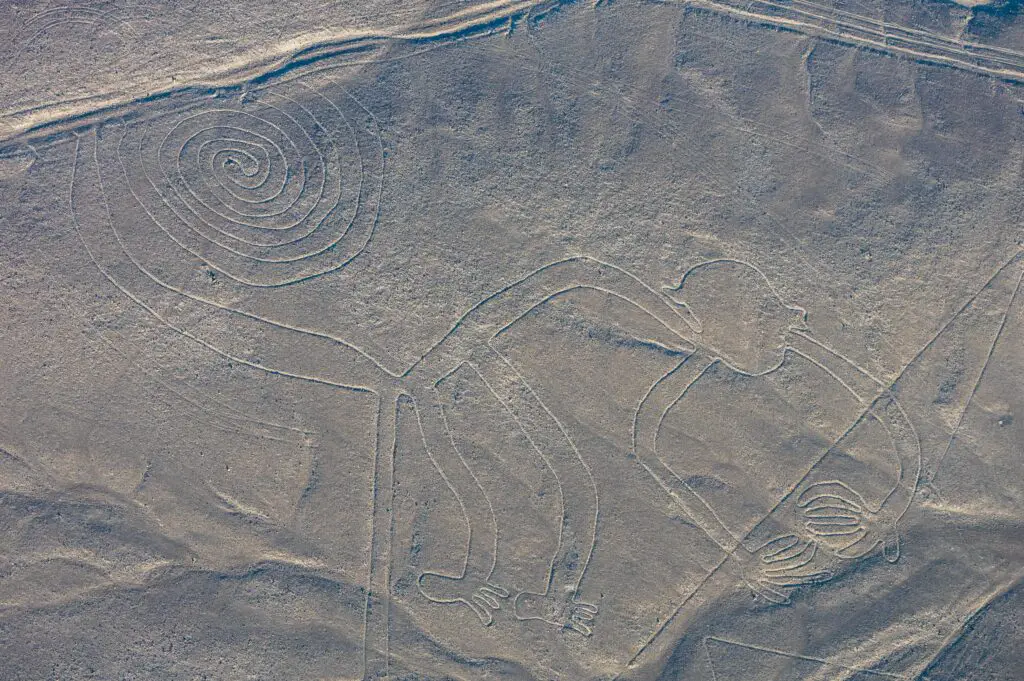
The Nazca Lines in Peru are a collection of massive geoglyphs etched into the desert floor, depicting animals, plants, and geometric patterns. Created by the Nazca culture between 500 BC and 500 AD, the lines stretch over 50 miles and can only be fully appreciated from the air, raising questions about how and why they were made.
Scholars propose various theories, including astronomical calendars, religious rituals, or paths for spiritual ceremonies. The precision and scale of the lines, created without aerial views, suggest the Nazca people had an advanced method of surveying and planning. The purpose behind these immense drawings remains a mystery, adding to their allure and scientific intrigue.
9. The Lycurgus Cup
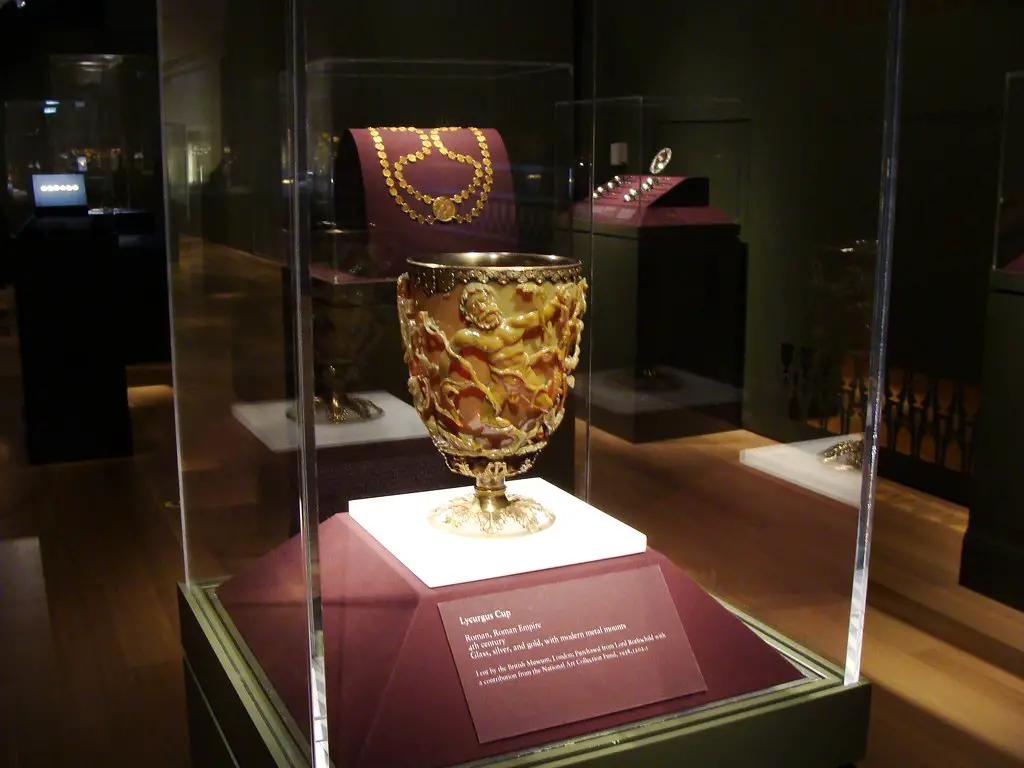
Dating back to the 4th century AD, the Lycurgus Cup is a Roman glass chalice famous for its dichroic properties—it changes color depending on the light. In daylight, it appears green, but when lit from behind, it glows red. This effect is due to the presence of nanoparticles of gold and silver in the glass, a phenomenon only understood in modern nanotechnology.
The creation of such an artifact showcases the Roman glassmakers’ mastery of materials science, centuries before the concept of nanotechnology existed. The cup’s craftsmanship and optical properties leave scientists in awe, illustrating that ancient artisans had an uncanny grasp of complex chemical processes. It’s a remarkable blend of art and science.
10. The Saqqara Bird
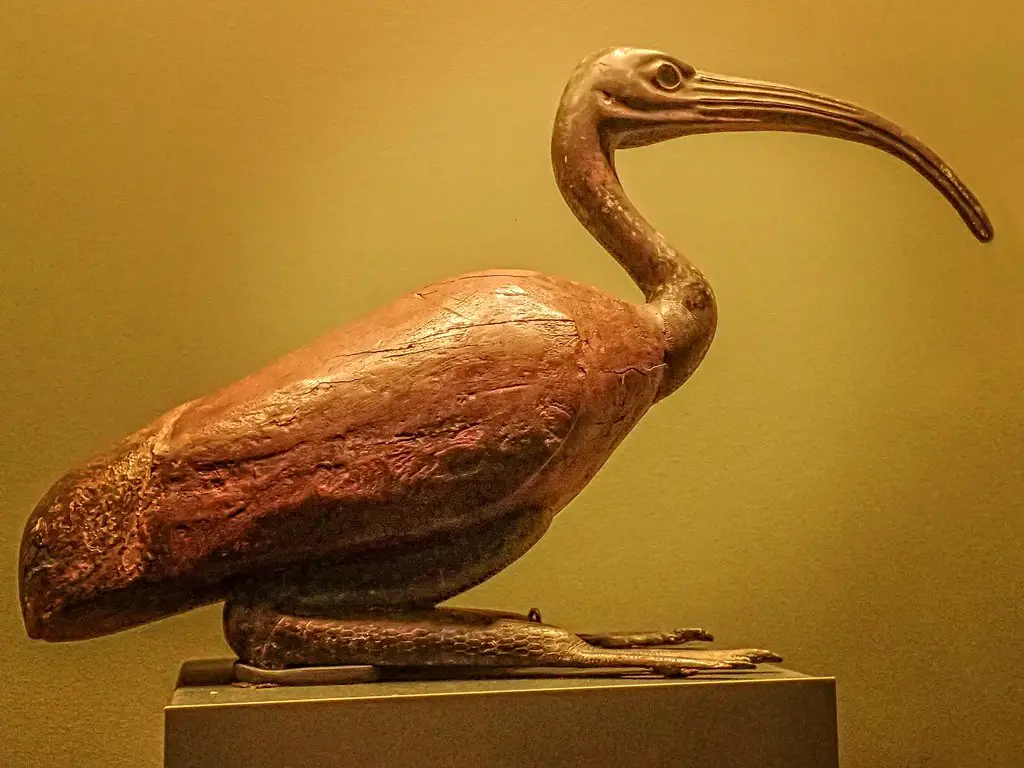
Unearthed in Egypt’s Saqqara necropolis, this small wooden artifact, dating back to 200 BC, resembles a bird with wings and a tail. Some researchers believe it was purely symbolic, while others speculate it might represent an early model of a glider or an ancient flying machine concept. The simplicity of the design contrasts with the advanced aerodynamics it seems to embody.
Wind tunnel tests on replicas suggest that the Saqqara Bird could theoretically glide through the air, sparking debates about the Egyptians’ knowledge of aerodynamics. While the true purpose of this artifact remains unclear, the idea that ancient Egyptians might have experimented with flight centuries before the Wright brothers is incredibly fascinating.
11. The Archimedes Screw
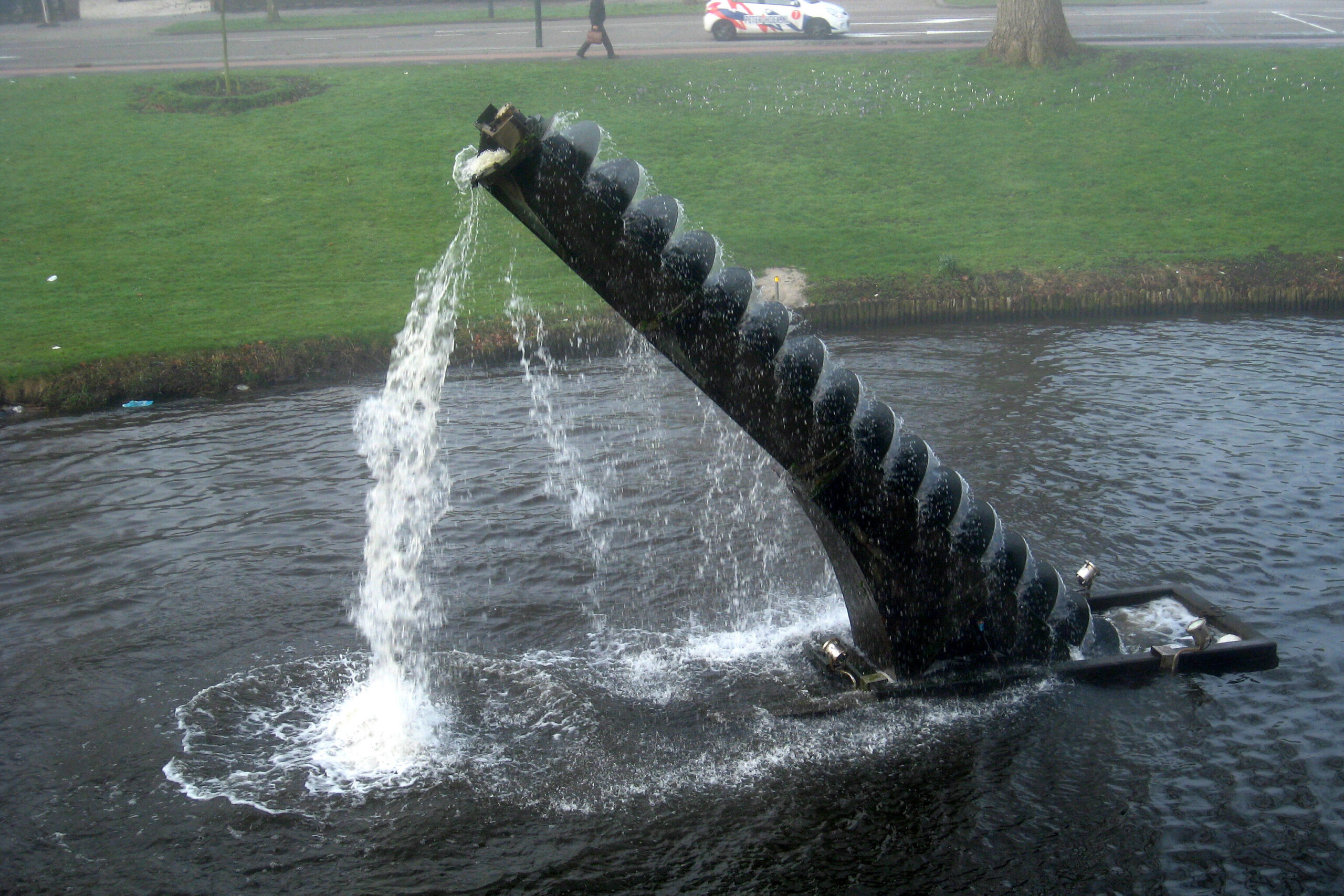
Attributed to the ancient Greek mathematician Archimedes, the Archimedes Screw is a device used to raise water for irrigation and drainage purposes. The simple yet effective design consists of a helical screw encased in a cylinder, which lifts water when rotated. The concept is so efficient that modern versions are still used today.
The brilliance of the Archimedes Screw lies in its simplicity and versatility, allowing societies to manage water resources effectively. The invention showcases the practical applications of Greek engineering and mathematical principles, reflecting an advanced understanding of physics and mechanics. Archimedes’ ingenuity continues to inspire engineers worldwide.
12. The Lyre of Ur
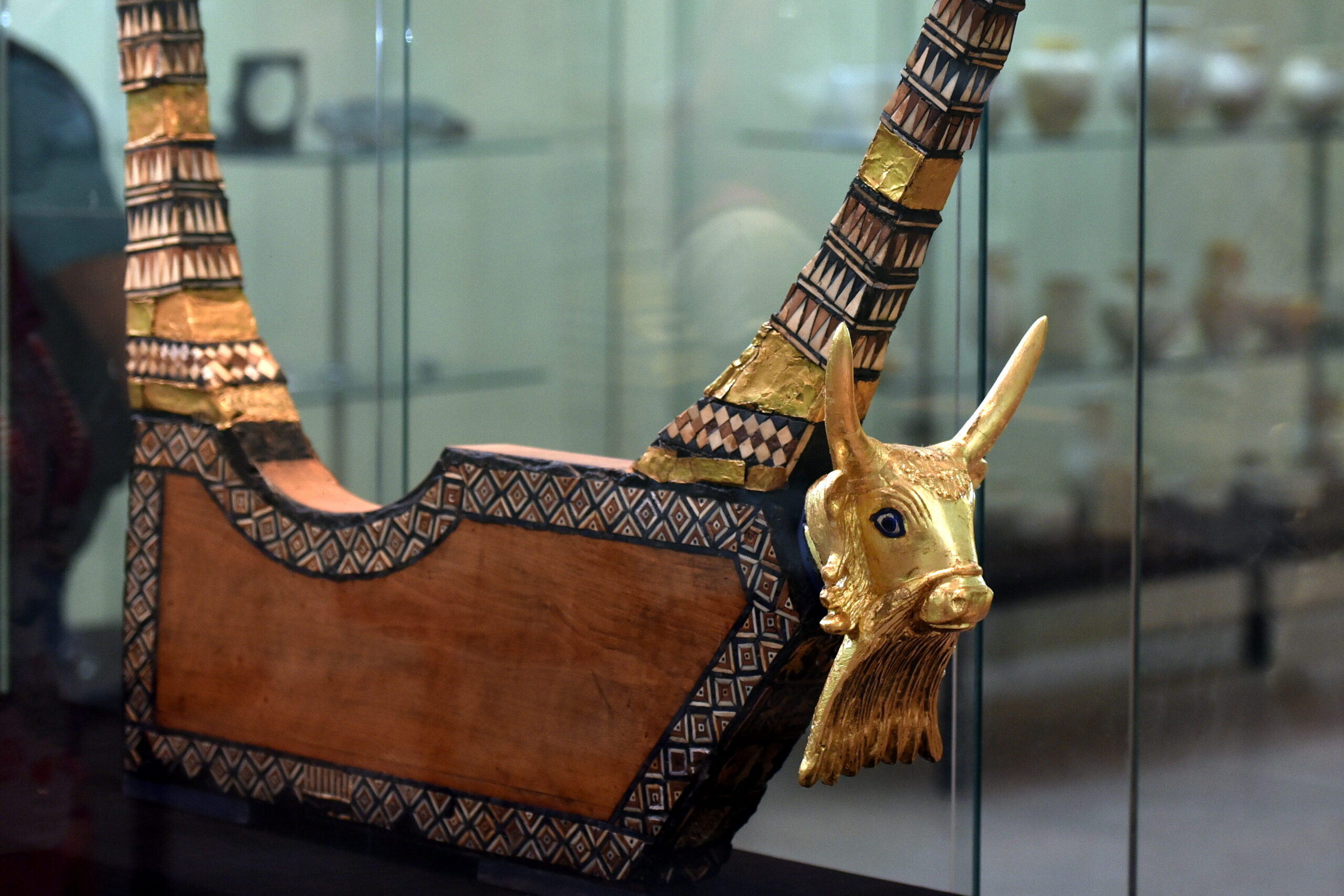
The Lyre of Ur, dating back to around 2500 BC, is one of the oldest stringed musical instruments ever discovered. Found in the Royal Cemetery of Ur in modern-day Iraq, this harp-like instrument features intricate decorations, including inlays of lapis lazuli and shell. It suggests that music held a significant cultural role in Sumerian society.
The craftsmanship and acoustics of the lyre are impressive, indicating advanced knowledge of music theory and instrument-making. The ability to create such a refined instrument so early in history hints at the Sumerians’ artistic and technical prowess. The Lyre of Ur remains a symbol of the rich cultural and technological heritage of ancient Mesopotamia.
13. The Nebra Sky Disk

Discovered in Germany and dating to around 1600 BC, the Nebra Sky Disk is the oldest known concrete depiction of the cosmos. The bronze disk features gold inlays representing the sun, moon, and stars, possibly used for astronomical observations and calendar purposes. Its precise astronomical alignments highlight the advanced knowledge of the Bronze Age Europeans.
The disk suggests that ancient societies were not only observing the heavens but also integrating this knowledge into daily life and agriculture. The Nebra Sky Disk challenges our understanding of early European cultures, illustrating that they may have been astronomers and scientists much earlier than previously thought.
